The latest news in the global trade war. Today in our Trump Tariffs Ticker: US government is deep in negotiations on tariff deals with other economies - final decision on computer and screen tariffs is still pending.
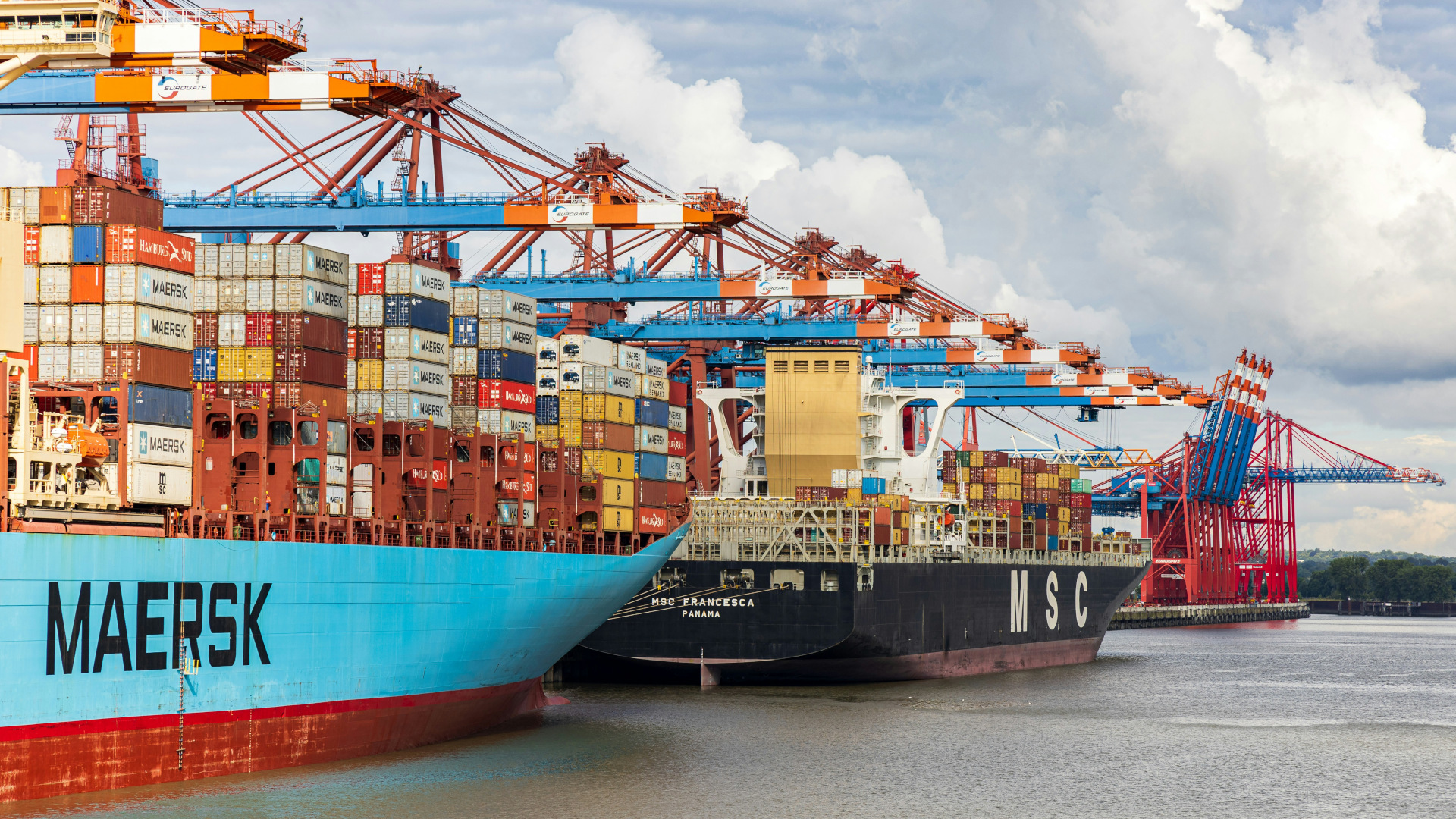
Ticker: Tariffs’ Impact on Digital Signage
+++ 14 April 2025 +++
Tariffs on electronics not out of the picture
After announcing to exempt electronic goods such as screens and PCs from additional tariffs on the weekend, Donald Trump has since downplayed that statement – saying “NOBODY is getting ‘off the hook’” on social media. A final announcement has not been made.
+++ 13 April 2025 +++
According to media reports, US President Donald Trump says he will provide further details on tariffs in the semiconductor sector on Monday. “I’ll give you that answer on Monday,” Trump told reporters aboard Air Force One.
+++ 13 April 2025 +++
Digital signage screens and PCs exempt from additional tariffs
Apparently under pressure from Apple, Samsung, and others, President Trump issued additional exemptions for reciprocal punitive tariffs on Friday evening. The latest exemptions allow importing digital signage products such as displays, LEDs, monitors, and PCs once again without additional reciprocal tariffs.
+++ 10 April 2025 +++
Trump pauses higher tariffs – dispute with China escalates
In a surprise move, US president Trump scraped most additional tariffs against countries that have not retaliated for a 90 days period, while levies on China were increased to 125 percent.
A 10-percent blanket levy on most imports will remain in force, also the additional 25 percent on steel, aluminum, and automotive. As the pause in general is an expected move after global financial markets crashed in three following trading days, it is by far not all good news for the digital signage industry.
Details are still missing, but the picture currently looks as follows:
- All hardware made in China – almost all the global supply of dvLED, but also many LCD brands – will be tariffed with a 125 percent levy.
- Regardless of country of origin: media players (treated like automotive parts/aluminum) are taxed with a 25 percent tariff.
Everything else – not Made in Mexico or Made in Canada – will be tariffed with a flat 10 percent levy.
+++ 09 April 2025 +++
Major PC manufacturers halt US deliveries
Some of the leading PC manufactures halted shipments to the US for an initial period of two weeks. According to the Taiwanese newspaper Commercial Times, major PC manufacturers suspended deliveries of all products offered in the United States. Initially, sales will be suspended for a period of two weeks.
Component manufacturers emphasized that current shipments are normal, while server manufacturers are negotiating “tariff sharing” with customers.
+++ 09 April 2025 +++
EU refrains from tariffs on US services like AWS, Azure & Google Cloud
In-between all the concerning news, the EU seems to keep a cool head and is holding off from triggering its “trade bazooka” by tariffing US services (Politico). The elephant in the room and most controversial retaliatory measure would be levy tariffs on US service providers like Amazon, Microsoft, and Google. This ultimate measure would take the trade war to a whole new level and put not only the digital signage industry in deep trouble.
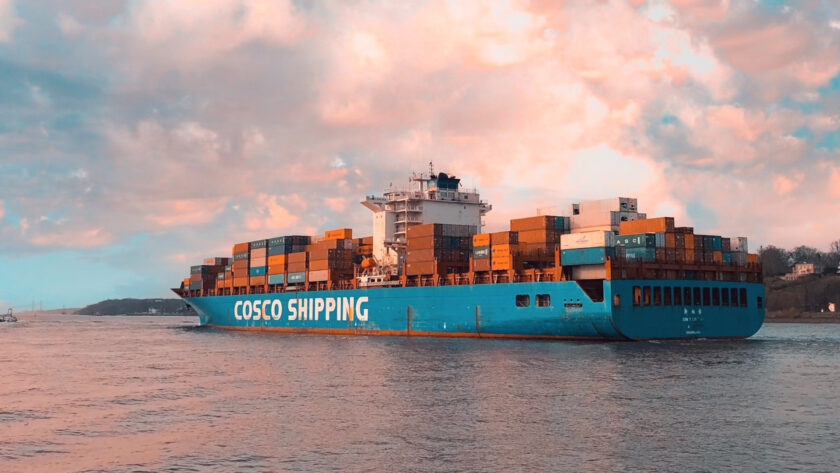
+++ 09 April 2025 +++
Trump’s global tariffs are taking effect – including a 104% rate on China
It’s crunch time as the US levies explosive tariffs of 104% on many China-made imports. Some products, like cars, semiconductors, steel, and aluminum, face lower tariffs—around 25%—with semiconductors even exempt in some cases.
According to experts quoted by BBC News, tariffs above 35% typically erase all profits for Chinese exporters selling to the US or Southeast Asia. Anything higher is seen as political, since it effectively stops businesses from shipping to the US altogether.
Global slowdown in economic growth
The US trade war, which took effect this morning at 6 a.m. CET, is expected to impact global GDP. This also puts the digital signage industry—heavily dependent on Chinese manufacturing—back into crisis mode. Worldwide demand for digital signage is likely to decline in the coming weeks as uncertainty takes hold. While supply chains are already being reconfigured, even the largest companies won’t be able to set up new factories within just a few months.
+++ 08 April 2025 +++
China products could flood Europe
The US-China trade war intensified on Tuesday as the US raised tariffs on Chinese-made products to a record 104%, effectively shutting its market to Chinese goods. Most digital signage hardware, such as media players and dvLED displays, is made in China.
Europe could indirectly suffer from this conflict. Many products originally intended for the US market may now be redirected to Europe. As a result, unsold goods could flood European and other global markets.
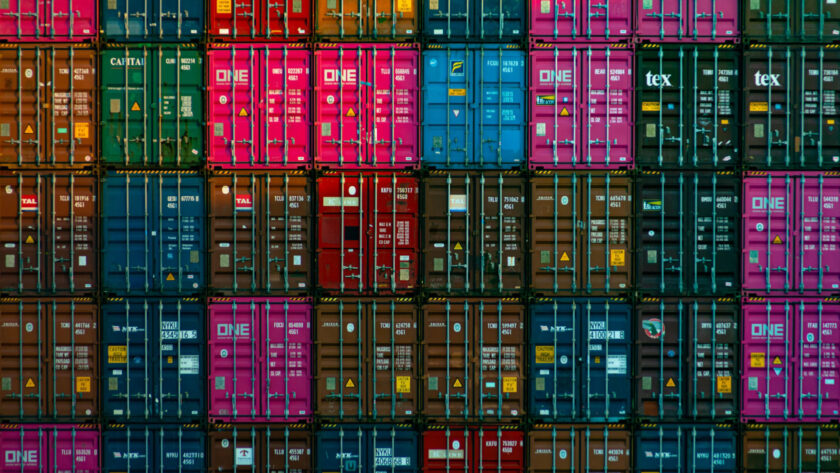
+++ 08 April 2025 +++
US Auto Tariffs Unexpectedly Extend to All Computers and Hard Drives
A sweeping move by the US government to impose “auto tariffs” is having unforeseen consequences, significantly impacting the technology sector. Contrary to their name, these new tariffs apply not only to foreign automobiles and their components but also to all desktop computers and notebooks sold in the United States, including digital signage media players.
This broad categorization stems from the inclusion of the customs code 8471, which broadly defines “automatic data processing machines and their units,” encompassing everything from desktop PCs and laptops to media players. The tariffs also cover magnetic readers, effectively including traditional hard drives, though the interpretation could potentially extend to gaming consoles as well.
This unexpected expansion of the tariffs is now imposing a substantial 25 percent duty on the import of nearly all computers entering the US market.
+++ 07 April 2025 +++
Avixa: How will tariffs affect ProAV and Digital Signage?
invidis partner Avixa has published an analysis of the latest tariffs, which took effect last Saturday and Wednesday. Avixa research analyst Peter Hansen examines the impact on the ProAV and digital signage industries. While earlier tariffs were mainly seen as disruptions to established processes and pricing, the latest measures are much more likely to cause a decline in demand.
+++ 07 April 2025 +++
Samsung on resilient supply chains
“The impact of tariffs on our company (Samsung) is relatively limited compared to others, but we are closely monitoring the situation. We operate 10 global production sites and will respond strategically through production allocation.”
Yong Seok-woo, President and head of the Visual Display Business at Samsung Electronics
+++ 07 April 2025 +++
Creative ways of limiting the impact of tariffs
Digital signage hardware companies are now looking for creative ways to reduce the customs value of their imports into the US to mitigate the financial impact of President Donald Trump’s punitive tariffs. According to tax advisors, the reported import value can be reduced by up to 20%.
+++ 06 April 2025 +++
Samsung is testing resilience of global supply chain
Tariff pressures from the Trump administration are testing the resilience of Samsung Electronics’ supply chain across its business segments. While Samsung can shift production across its global manufacturing network, options are limited. Professional screens for Europe are produced in Vietnam, but for the US market, Samsung may rely on its limited display manufacturing resources in Mexico. Read more (external link Korea Times)
+++ 06 April 2025 +++
Alternatives to US platforms
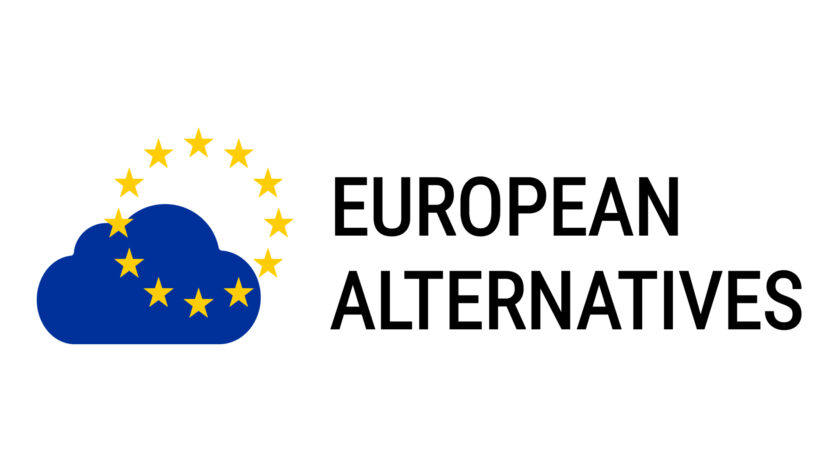
Dependence on US tech giants is becoming a risk: Since Trump’s election, European companies are looking for local alternatives. The platform European Alternatives recorded an increase in monthly visitors from 26,000 to 611,000 within three months, listing European alternatives to popular U.S. services such as AWS, Azure, Google Cloud, and Microsoft Teams.
While services and software are not yet targeted by US tariffs or international retaliations, the interest in finding alternatives to US-based hyper scalers, and other software platforms is rising fast.
Determining whether a service or platform qualifies as a US cloud or a US service is not always straightforward. While server location is relevant for GDPR compliance, US authorities’ access does not depend on where the data is stored, but rather on the location of the company’s headquarters. Even if the company operates servers in Europe, it is obligated under the US Cloud Act to give US authorities access to the stored data, regardless of where the servers are located.
Even European platform providers using services from US cloud providers are not safe from US government access. U.S. authorities can request access to data from all US cloud providers. So, it’s not enough to consider just the platform operators; it’s also important to look at which hyperscaler or cloud provider they rely on.
Realistically, no cloud-native digital signage platform can be considered entirely US-free. That said, we don’t anticipate a retro trend back to on-premises solutions.
+++ 06 April 2025 +++
No escape from tariffs

The rupture of Trump’s “liberation day” speech cannot be overstated: The US president signaled a desire to unwind the decades-long process of global economic integration. The impact on global trade—and on the digital signage industry specifically—will be massive.
Even before Trump unveiled his giant posters outlining new tariffs based on a questionable formula, the digital signage industry was already feeling the impact of the changing times. The cost of imported media players rose by 20%, and components like mainboards, PC housings, and display stands became subject to a 25% tariff on aluminum and steel—regardless of how much of those metals they actually contain, due to vague or insufficient customs declarations.
The newly announced tariffs will disrupt the global digital signage market only further, as it adds up to 56% in tariffs to components and finished devices from China, Vietnam, and other Asian countries. Even displays, computers, and other hardware imported from Japan and Taiwan are subject to retaliatory tariffs. It’s all bad news for the digital signage industry, as nearly all hardware components are either manufactured or assembled in Asia.
One exception is professional displays, which are assembled within the North American Trade Zone in Mexico. Samsung, LG, and PPDS (Philips) operate factories in Mexico—primarily for consumer TVs, but also for professional LCD screens. Unfortunately, some of these facilities are already operating at full capacity, with no immediate option to scale production. For nearly all other LCDs, as well as most dvVLED and IT components, the industry remains heavily reliant on Asia.
+++ 06 April 2025 +++
Manufactures pause US shipments over tariffs
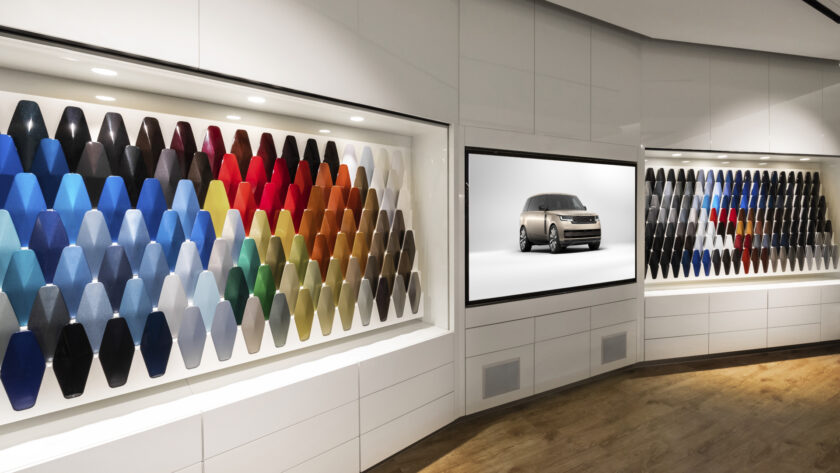
BBC news reports that automotive manufacturer Jaguar Land Rover (JLR) has announced it will “pause” all shipments to the US, as it works to “address the new trading terms” after tariffs were imposed earlier this week.
+++ 05 April 2025 +++
Global LCD manufacturers consider suspending exports to the US
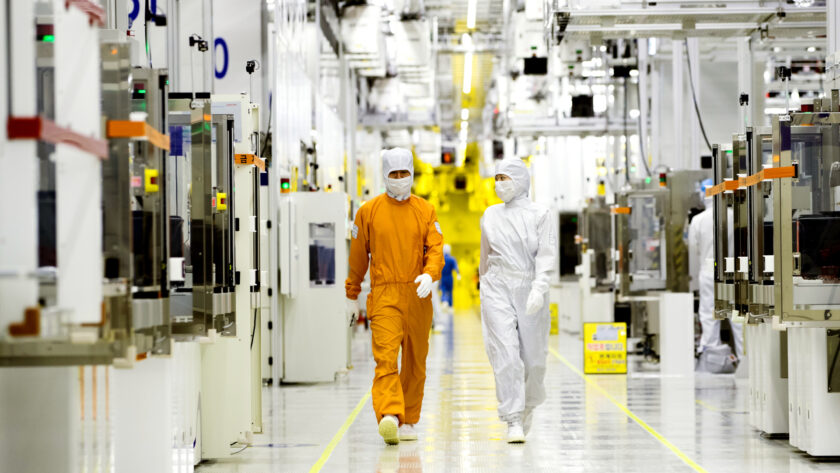
The past week has been an extremely busy one at digital signage manufacturers’ HQs around the world. The Trump administration’s policy changes have sent shockwaves through global supply chains. One emergency meeting followed another, all centered around a single question: Will it still be viable to do business in the US market? As the largest market in the world, even a temporary exit would significantly impact top-line revenues.
For the time being, the top 3 ranking manufactures Samsung, LG, and TPV (PPDS, Philips) are positioned best, thanks to their tariff-exempt display production facilities in Mexico. However, even access to these Mexican factories doesn’t guarantee sufficient production capacity for professional displays.
The real challenge lies with all other display vendors with Asia-based assembly locations, which will be subject to levies ranging from 20 percent to more than 50 percent. In a hardware industry dominated by small margins, this creates a serious disadvantage for vendors with unsustainable cost structure. For the short term, no immediate actions are expected, as basically everyone frontloaded their US warehouses ahead of the announcement on April 2nd. But towards the end of Q2 – probably around Infocomm-time – pre-tariff inventory will be depleted, and the pressure will mount. It’s difficult to see how vendors facing a 20–50 percent cost disadvantage can remain competitive in the market. That said, tariff regulations may still change.
+++ 05 April 2025 +++
LED supply chain – digital signage’s toughest challenge
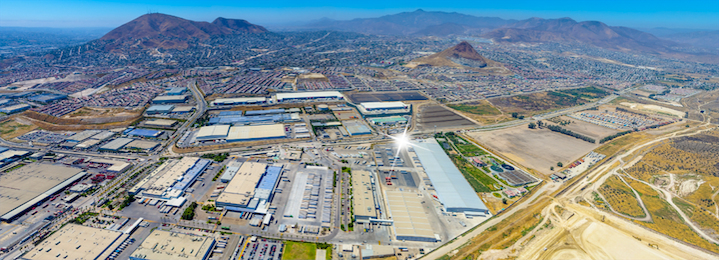
The sector most hit by the latest tariffs is dvLED – as basically all LED solutions are manufactured in Asia. SMD is almost exclusively made in China, while the new generation of CoB LEDs are also manufactured in Vietnam and partially also in Eastern Europe. The only major US manufacturer is Daktronics and, in the future, Stratacache – which is still waiting for the shipments of manufacturing equipment from China to start production. Samsung manufactures Prismview LED at it’s Tijuana Mexico plant since 2020.
But looking at the currently available options, the outlook for tariff-free LED is very bleak. Made in China meets Made in Vietnam – both levied with tariffs above 45 percent. The best options for CoB LED products are probably those Made in the EU, which are subject to a comparatively lower 20 percent tariff. It remains to be seen whether noatable LED production can be established in Mexico, or even in low-tariffed countries in Latam, such as Brazil.
CoB manufacturing typically isn’t labor intensive, so manunfacturing sites in the US could make sense from a business perspective. However, a very expensive clean room infrastructure would be required.
+++ 03 April 2025 +++
Tariffs increase hardware prices by up to 50%
The new punitive tariffs, feared not only by the digital signage industry, were announced by the US President on Wednesday. Imports into the US will be subject to different tariff rates, depending on the product category and country of origin. In the American digital signage market, the tariffs will result in dramatically increased prices.

